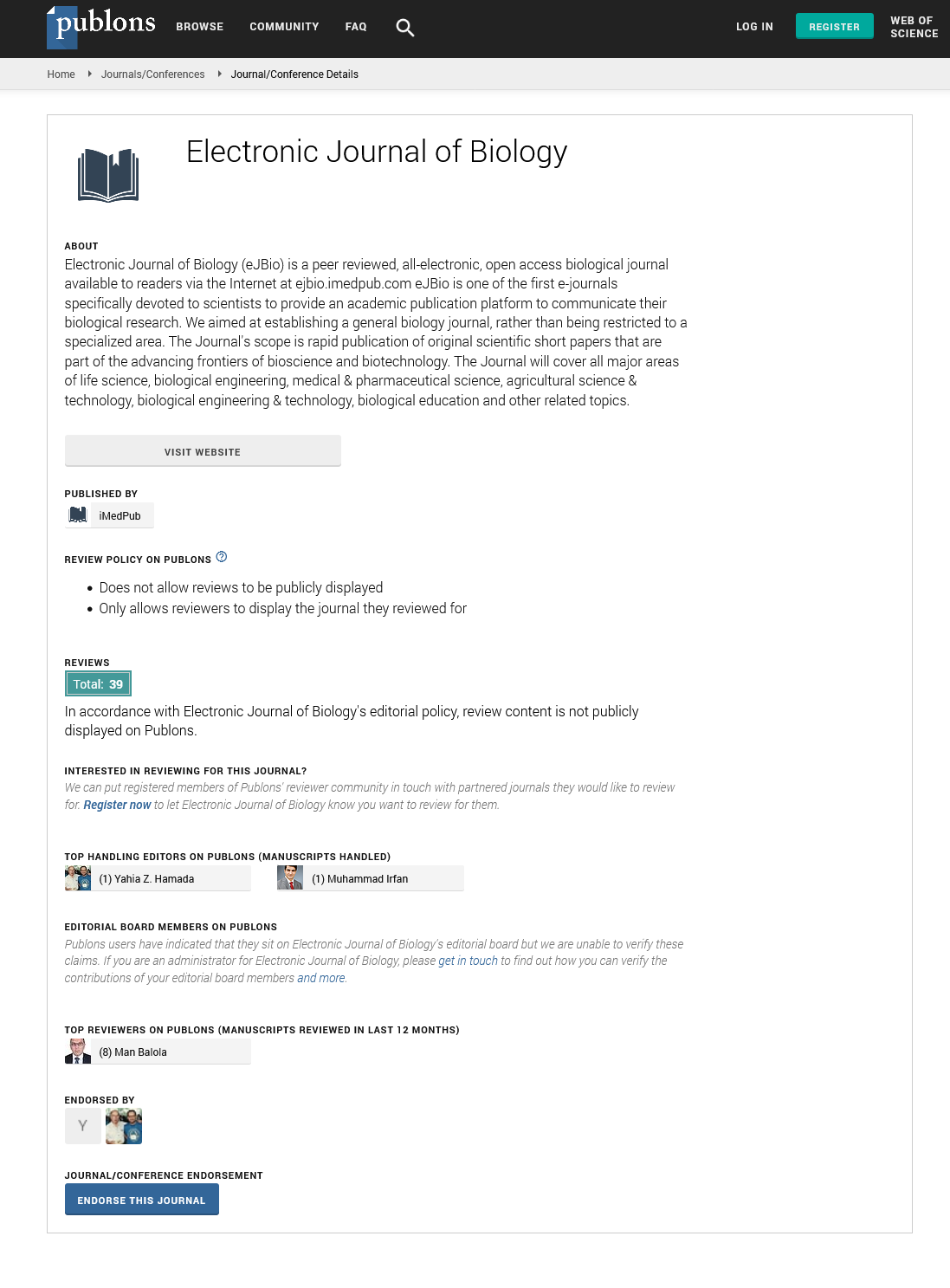Abstract
Bioplastics and the Environment
The population growth in the present era and the great advances made in life has made the human beings inclined towards various industries and materials as a result of which the production and the accumulation of the waste materials in the environment are inevitable. Plastic industries are among the most important and most frequently applied industries and they are widely used and also the increase in the effects brought about by the non-degradable plastic waste has been turned to a growing concern. Polyhydroxyalkanoate (PHA) and Polyhydroxybutyrate (PHB), naturally produced by a great number of the microorganisms, can be considered as a substitute for the ordinary plastics and, unlike the plastics derived from petroleum, PHAs are completely biodegraded in one year by the microorganisms and turn to water and carbon dioxide and return to the nature. PHA and PHB are polyesters produced under imbalanced growth conditions in microorganisms. These polyesters are comprised of hydroxy fatty acids and they are considered as a relatively complex class of reservoir polymers synthesized by bacteria and archaea and deposit in cell cytoplasm in the form of nanometersize components.
Author(s):
Abolfazl Jafari-Sales, Ahmmad Reza Shahniani, Yashar Bagherizadeh, Sajad Alizadeh, Mehdi Jahangiri-Hoseinabadi, Mahboubeh Abdoli-Seuejani, Zahra Bamzadeh, Farnaz Rasi-Bonab
Abstract | Full-Text | PDF
Share this

Google scholar citation report
Citations : 5001
Electronic Journal of Biology received 5001 citations as per google scholar report
Electronic Journal of Biology peer review process verified at publons
Abstracted/Indexed in
- Google Scholar
- China National Knowledge Infrastructure (CNKI)
- CiteFactor
- Electronic Journals Library
- Zoological Records
- WorldCat
- Proquest Summons
- Publons
- MIAR
- Openaccessarticles.com
- Secret Search Engine Labs
Open Access Journals
- Aquaculture & Veterinary Science
- Chemistry & Chemical Sciences
- Clinical Sciences
- Engineering
- General Science
- Genetics & Molecular Biology
- Health Care & Nursing
- Immunology & Microbiology
- Materials Science
- Mathematics & Physics
- Medical Sciences
- Neurology & Psychiatry
- Oncology & Cancer Science
- Pharmaceutical Sciences


